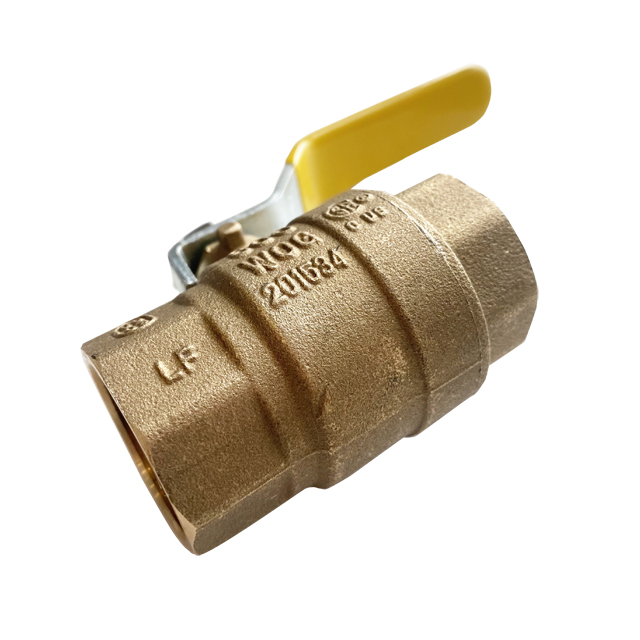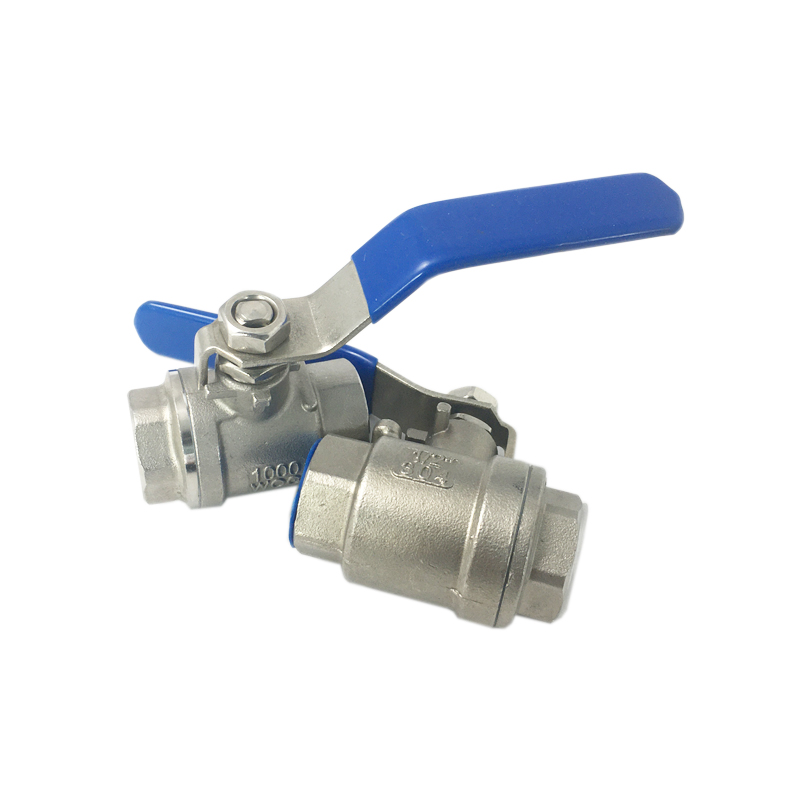Ball valves are indispensable components in fluid control systems, offering reliable performance across diverse industries. Choosing between brass and stainless steel ball valves, however, can be a challenging task. Each material brings unique properties and benefits to the table, making it essential to understand their differences in detail. In this comprehensive guide, we’ll analyze both options to help you make the best decision for your application.
1. Material Composition and Properties
Brass Ball Valves
Brass is an alloy of copper and zinc, with trace amounts of other metals such as lead to improve machinability. Its key characteristics include:
• Malleability: Easily shaped and machined, making brass valves cost-effective to produce.
• Corrosion Resistance: Resistant to rust and corrosion in neutral or mildly corrosive environments.
• Thermal Conductivity: Excellent heat conductivity, suitable for systems with moderate temperature requirements.

Stainless Steel Ball Valves
Stainless steel is an alloy primarily composed of iron, chromium, and nickel. Its unique properties include:
• High Strength: Capable of withstanding extreme pressures and mechanical stress.
• Exceptional Corrosion Resistance: Chromium forms a passive layer on the surface, protecting against oxidation and chemical attacks.
• Temperature Tolerance: Operates effectively across a wide temperature range.
2. Corrosion Resistance: A Detailed Comparison
Corrosion resistance is one of the primary factors to consider when selecting a ball valve material.
• Brass: Brass resists corrosion in freshwater and mild chemical environments. However, it is susceptible to dezincification, a process where zinc leaches out under prolonged exposure to highly acidic or alkaline substances, weakening the material. Brass is also not recommended for use with seawater or chlorine-rich systems.
• Stainless Steel: Stainless steel, particularly grades like 304 and 316, provides excellent resistance to corrosion, even in aggressive environments. Type 316 stainless steel, enriched with molybdenum, offers enhanced protection against chloride pitting and is ideal for marine applications.

Stainless Steel Ball Valve
3. Strength, Durability, and Longevity
Strength and durability determine a valve’s ability to perform under stress.
• Brass Ball Valves: Brass valves are durable enough for everyday applications but may deform under high-pressure or high-temperature conditions. While long-lasting in non-extreme environments, their lifespan diminishes in aggressive settings.
• Stainless Steel Ball Valves: Stainless steel valves excel in durability, maintaining integrity under extreme pressure, temperature, and mechanical stress. This makes them ideal for industrial and high-demand applications, where reliability is critical.
4. Temperature and Pressure Handling
The operating conditions of your system play a pivotal role in material selection.
• Brass: Brass ball valves function effectively in systems with temperatures up to 200°F (93°C) and pressures around 300 psi. They are well-suited for residential and light industrial systems.
• Stainless Steel: Stainless steel valves can handle extreme conditions, with temperature tolerances exceeding 400°F (204°C) and pressures surpassing 1,000 psi. They are designed for demanding environments such as steam systems, chemical processing, and high-pressure pipelines.
5.Environmental and Safety Considerations
• Brass: Contains trace amounts of lead, which can leach into potable water if not properly alloyed or coated. Lead-free brass options are available to comply with drinking water safety standards, such as those outlined in the U.S. Safe Drinking Water Act.
• Stainless Steel: Lead-free and non-toxic, stainless steel is preferred for applications involving potable water, pharmaceuticals, and food production. Additionally, it is recyclable, making it an environmentally friendly choice.
6.Maintenance Requirements
• Brass: Brass valves require minimal maintenance in mild environments. However, in corrosive conditions, frequent inspections may be needed to detect early signs of dezincification.
• Stainless Steel: Stainless steel valves are low-maintenance and retain their appearance and functionality over time, even in harsh conditions. Routine cleaning may be required in high-contaminant environments to maintain optimal performance.
7. Factors to Consider When Choosing
To make the right choice, evaluate these factors:
• Operating Environment: Assess the temperature, pressure, and exposure to corrosive substances.
• Budget Constraints: Balance upfront costs with long-term savings.
• Application Requirements: Match material properties to specific system demands.
• Regulatory Compliance: Ensure compatibility with industry standards for safety and performance.
Conclusion
Selecting the appropriate ball valve material—brass or stainless steel—requires a careful analysis of your application’s needs. Brass ball valves offer a cost-effective solution for moderate conditions, excelling in residential and general-purpose settings. Stainless steel ball valves, on the other hand, are the go-to choice for demanding environments where strength, corrosion resistance, and longevity are paramount.
By understanding the unique properties and advantages of each material, you can make an informed decision that ensures optimal performance, safety, and cost efficiency for your project. Whether for a household plumbing system or an industrial chemical pipeline, the right ball valve material can make all the difference.
Post time: Jan-07-2025
